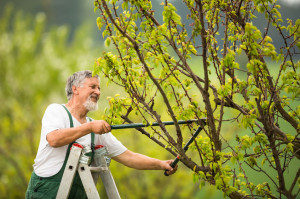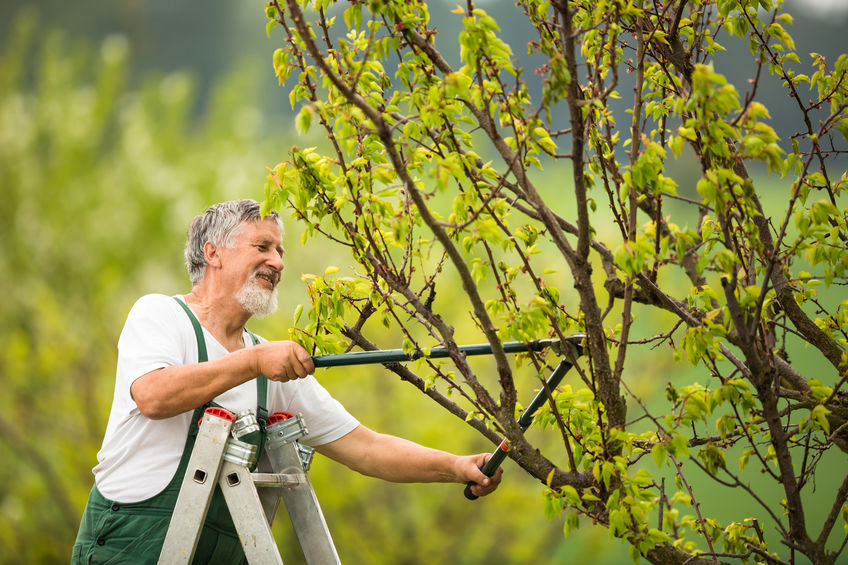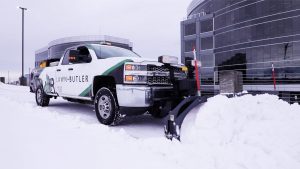 Utah is one of the most beautiful places on earth, but sometimes that beauty comes with a price. Namely, the cold, freezing winds, rain and snow that occur during winter. These weather events can weigh down wide-spreading tree limbs. Cold weather freezes water that seeps into even small cracks, leading to broken branches that can fall on and damage windows, roofs and vehicles.
Utah is one of the most beautiful places on earth, but sometimes that beauty comes with a price. Namely, the cold, freezing winds, rain and snow that occur during winter. These weather events can weigh down wide-spreading tree limbs. Cold weather freezes water that seeps into even small cracks, leading to broken branches that can fall on and damage windows, roofs and vehicles.
To avoid property damage this winter, inspect your trees. Look for danger spots and take action to remove them. When you see heavy fallen limbs or even whole trees around town, you’ll be glad you did.
When looking at the tree as a whole, check whether it’s leaning one way or another. If it is, determine whether it’s leaning toward something valuable or vulnerable such as your front window, the eave of your garage or the place where you normally park your car.
Look for large, dead branches. These are relatively easy to remove, and removal can be done safely, even in fall. If the tree has fewer leaves, large leafless areas or a thinner covering of leaves compared to nearby trees, it might be sick or dying. This is the time to call us for advice and probably removal of the tree.
Inspect the ground
Check for large, dead branches on the ground around the tree. If there are several, there are probably more dead branches still clinging to the trunk. These pose hazards for falling and should be removed before winter.
Look closely where the trunk meets the ground. Remove any mulch or other ground cover to get a good look. Raised or cracked soil could indicate that the roots are rising up, which means that the tree could be ready to tip over in the next strong wind or rainstorm.
Sawdust around the base of the trunk could indicate an infestation by boring insects. It could lead to the death and eventual collapse of the tree. You need to have this looked at by a professional tree service.
Check the trunk
Look for large cracks or empty spaces in the trunk. Hollow spaces mean the trunk is weak, but it does not necessarily mean the tree is in immediate danger of falling.
Peeling bark can mean a fungal disease or a dead section of the trunk.
Trees with multiple trunks can be weaker where the two trunks meet. A tree specialist can sometimes reinforce them with steel cable.
Call a tree specialist
Accurate inspection and assessment of trees and branches is best carried out by a specialist with extensive experience. Cutting down large, dead limbs without causing damage to surrounding property is best left to tree and landscaping professionals.
Felling trees can be dangerous work, even for experienced professionals. Some cities prohibit homeowners from cutting down their own trees and restrict this kind of work to approved professionals for safety and insurance reasons.
Your best bet is to call Lawn Butler at (801) 513-3988 to learn more about how we can help.













